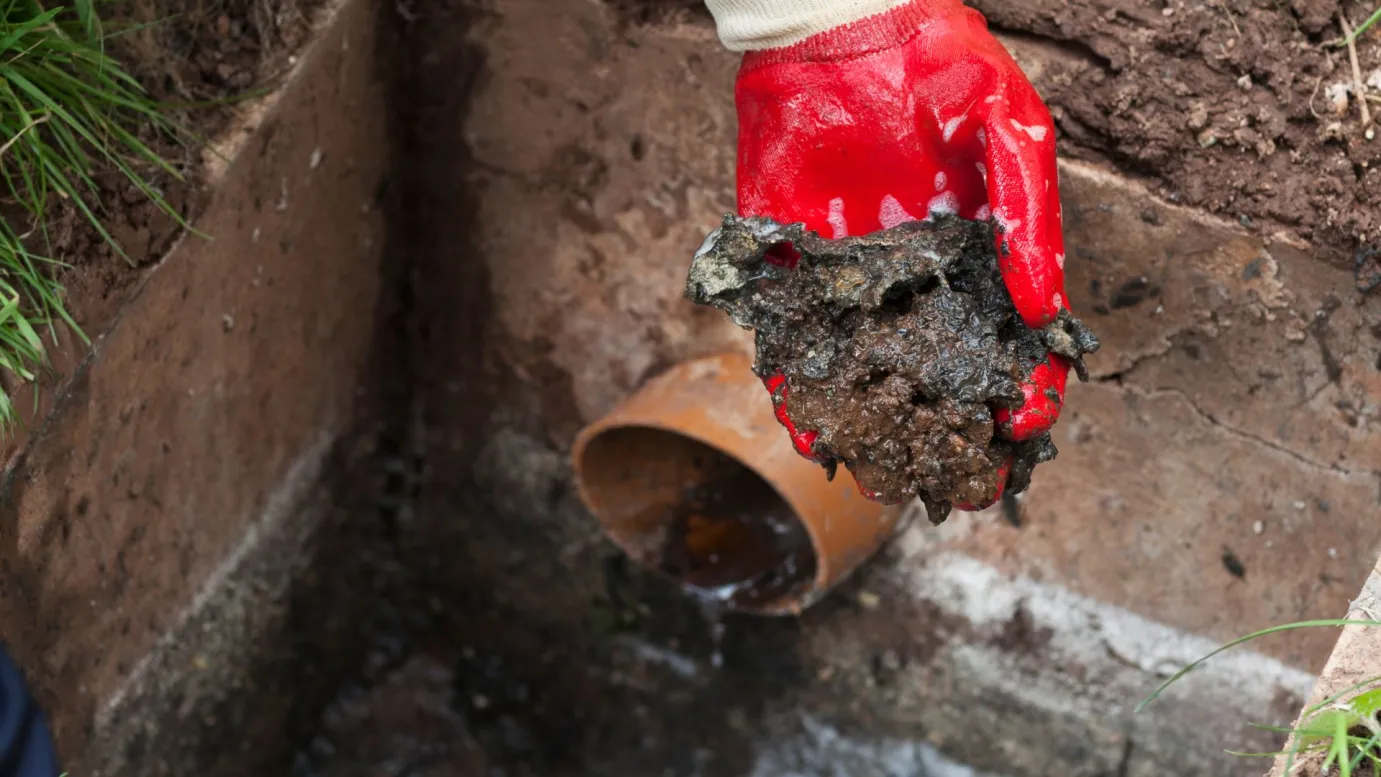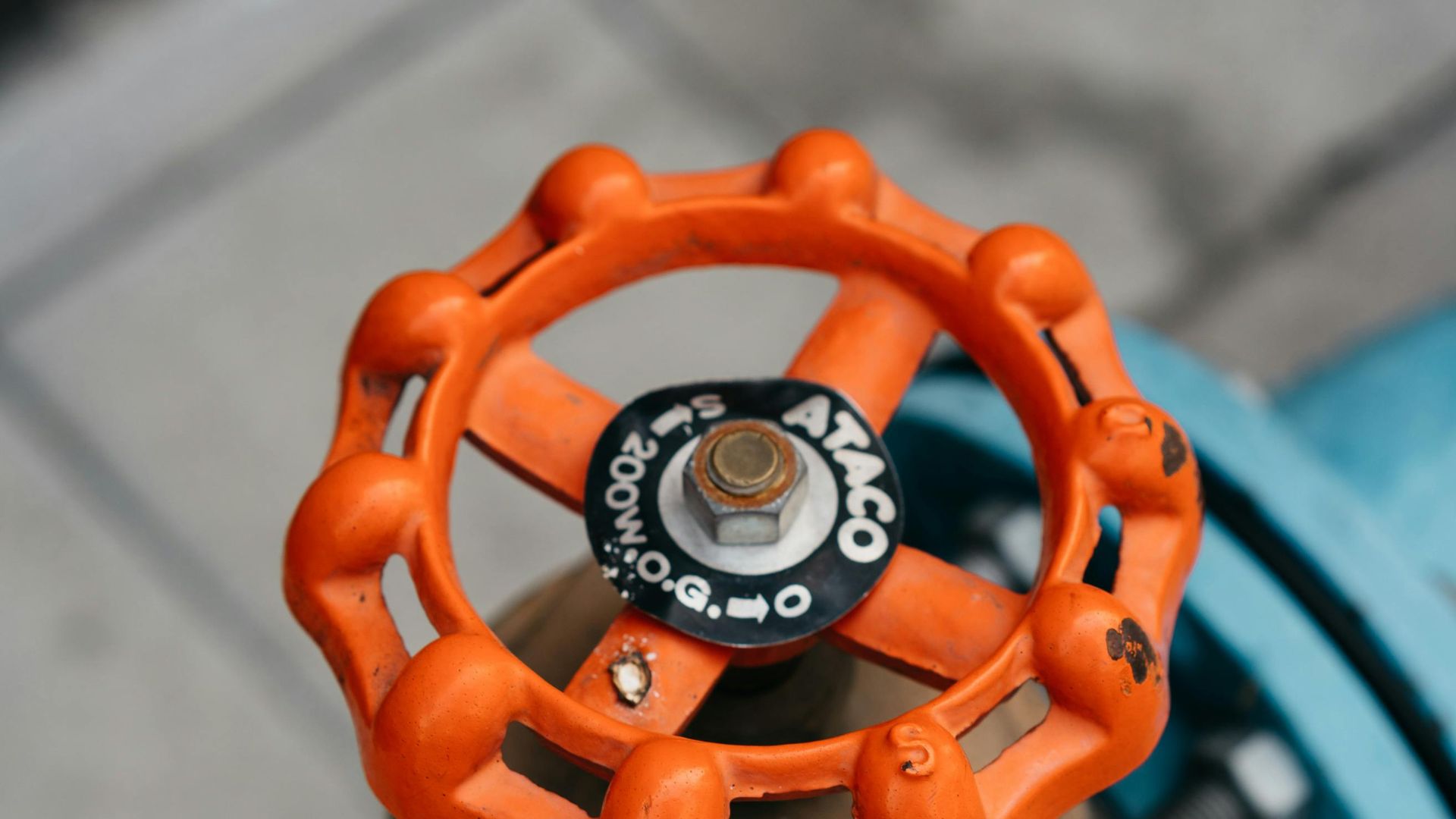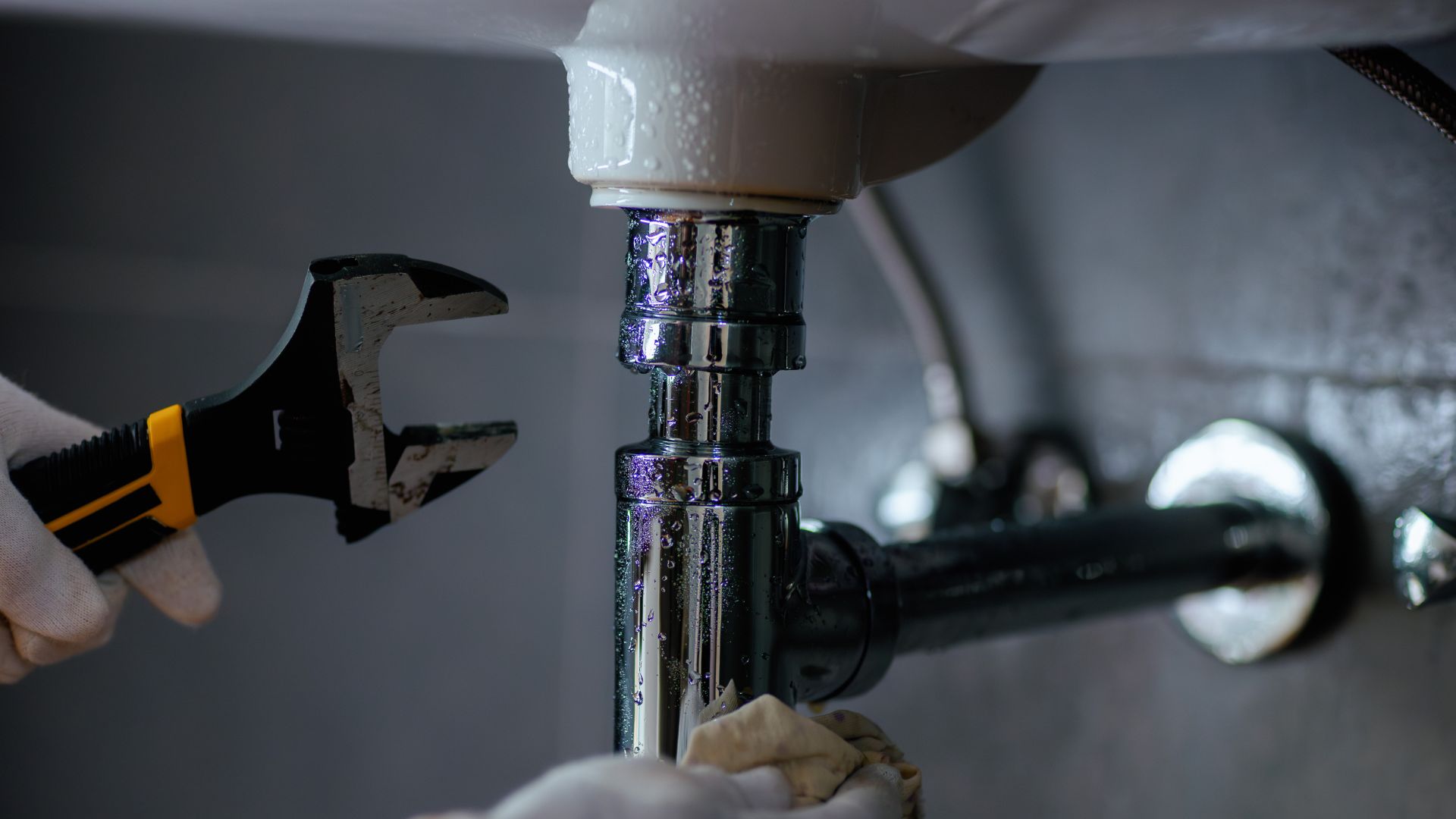Hot water is essential in every household or business. When hot water works efficiently, cooking, cleaning, and general washing are easy. It all starts with the water temperature and hot water systems.
A hot water unit is designed to efficiently heat water for your property. It features various components that enable water to flow seamlessly to all your taps and fixtures.
When setting up your hot water system, it’s critical to include a Tempering Valve (TMV) to ensure the safety of your water tank.
The tempering valve contains a temperature-sensitive element that mixes hot and cold water at a set ratio before sending it through your home. Inside, a sliding valve adjusts the mix of hot and cold water. For safety, stored hot water should be kept at at least 60°C while delivery through faucets should not exceed 50°C.
Tempering valves help maintain a steady outlet temperature, minimizing the risk of scalding and preventing bacterial growth in storage tanks.
If your home uses a tankless continuous flow hot water system, you won’t need a hot water mixing valve. There’s no stored water, which eliminates the risk of Legionella bacteria growth.
Hotels, schools, and other high-risk sites like health and aged care facilities are typically the places that install Thermostatic Mixing Valves (TMVs). Large-capacity systems often use a Black-Cap Tempering Valve.
When your tempering valves fail, like any mechanical item, this can cause various issues and even prompt you to replace the hot water system. You can encounter a complete loss of hot water supply, a lack of pressure or a reduced hot water temperature. You can also experience leaking around the tempering valve connections, which can be challenging for the untrained to detect this problem.
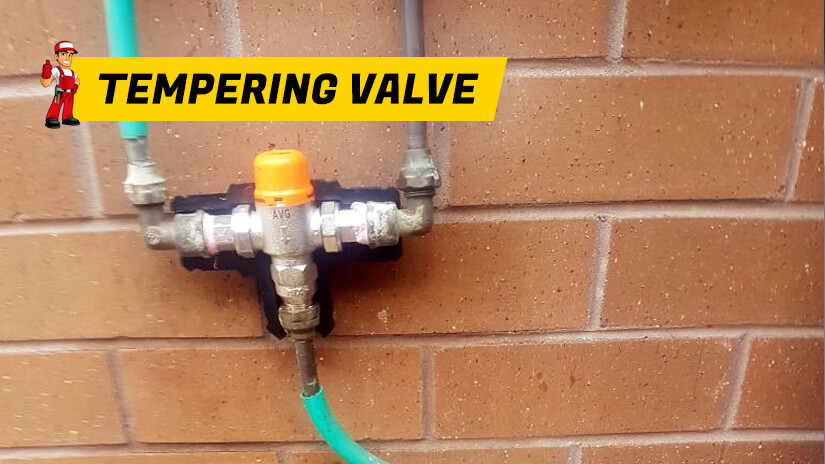
How Does A Tempering Valve Work?
The hot water tempering valve works by mixing hot and cold water. It produces the safest water temperature in your hot water unit. If the valve works correctly, people are not burned or scalded by the water’s temperature, which is also for personal hygiene purposes. This means the hot water system should have a tempering valve installed.
According to Australian Standard AS3500.4.2 Clause 1.6, the water temperature from the taps must not exceed 50 c. To prevent bacterial growth, like legionella bacteria, from developing inside the tank, the tank temperature must always be at 60 c. This includes solar, electric, gas and heat pump hot water systems with storage tanks.
Tempering valves work by allowing the 60 °C water inside the unit to be mixed with cold water and then safely flow out of the faucet with a water temperature of 45 °C to 50 °C.
For some institutions, such as nursing homes and facilities for the young, aged, sick, and disabled, the maximum delivery temperature should not exceed 45 °C.
Where Are Tempering Valves Located?
A tempering valve is located externally on the hot water system. It is installed between the cold line and the hot water line.
Cold water comes through the inlet valve from your water supply, travels to the hot water tempering valve, mixes with the hot water, and then releases tempered water to your bathroom, kitchen, and laundry taps.
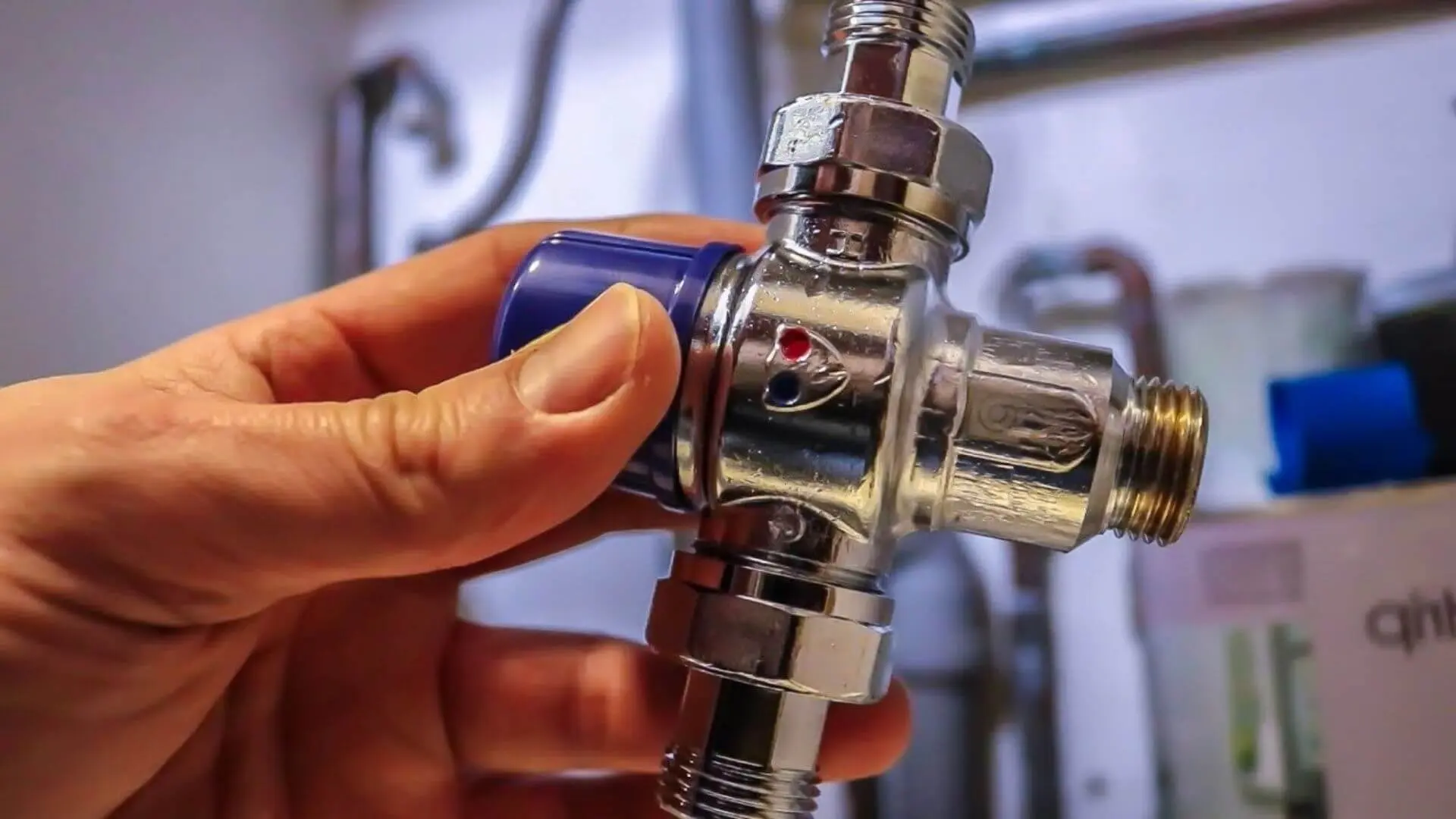
Do You Need A Tempering Valve?
It would be best to have a tempering valve for your hot water system. In the late '90s, regulators made fitting tempering valves mandatory on new installations of water heaters or replacement hot water systems, a legal requirement that ensures your tank complies with the Plumbing Code of Australia. The plumbing code is a great idea, as it helps stop kids from being scalded by hot water. Young skin can be burnt by water at 60 degrees in seconds, while water at 50 degrees would take minutes to inflict a severe burn.
Your trusted plumbing company can install the correct valves for you when installing a new hot water tank.
What Is The Difference Between A Tempering Valve And A Thermostatic Mixing Valve?
A tempering valve and thermostatic mixing valve or TMV combine hot water with cold water to provide a safe temperature for water usage. And although they both work with the same idea, there are some differences between them. These are,
- There is a price difference, with tempering valves being cheaper than TMVs
- To install a TMV, a licensed plumber must carry a license specific to installing thermostatic mixing valves
- A tempering valve is slower to respond to changes in temperature than TMVs. This is why facilities like nursing homes and hospitals can only have a TMV installed. They need a lower temperature of 45 Celcius, so a tempering valve is not suitable
- TMVs do not last as long as tempering valves
Need a Plumbing Service?
If you think the tempering valve might be the issue, or your hot water tap is suddenly running hot, don’t wait for it to cause harm. Get in touch with a plumber or your hot water specialist right away. Testing TMVs annually is crucial to ensure safe and proper functioning.
Luckily, replacing a tempering valve is much more affordable than replacing the entire system. Don’t hesitate to reach out to a professional plumbing company for help with tank repairs or hot water system replacement. Call Fixed Today if you need a new system installed—we’re experts in fitting gas, electrical, or solar hot water units correctly.

